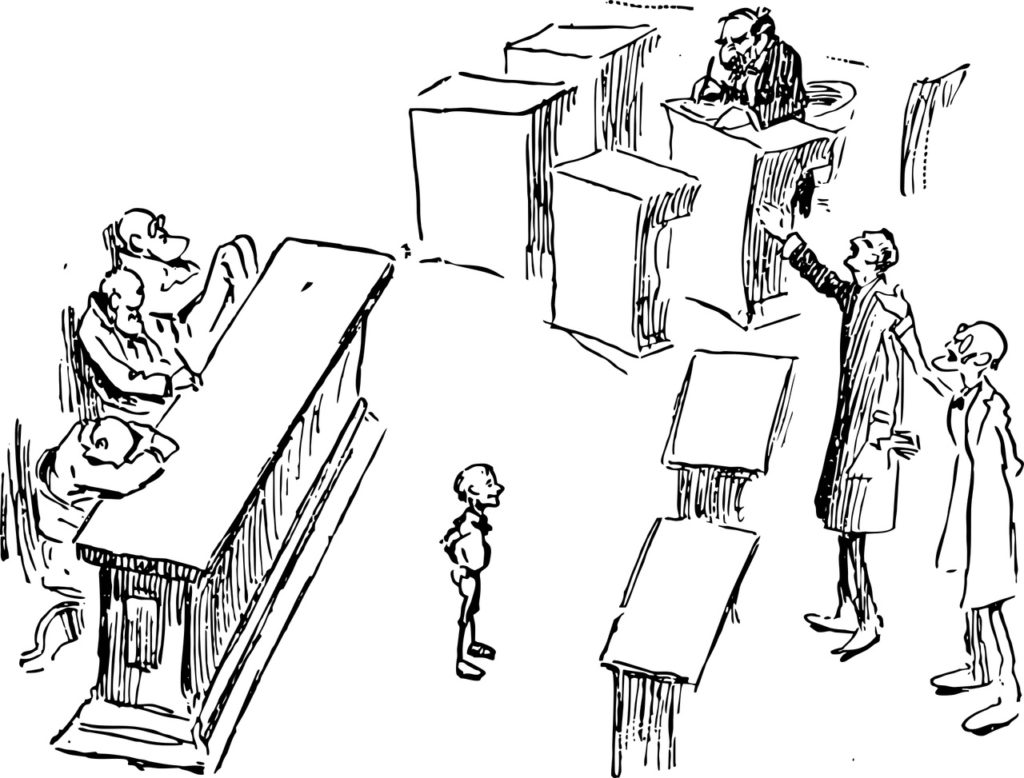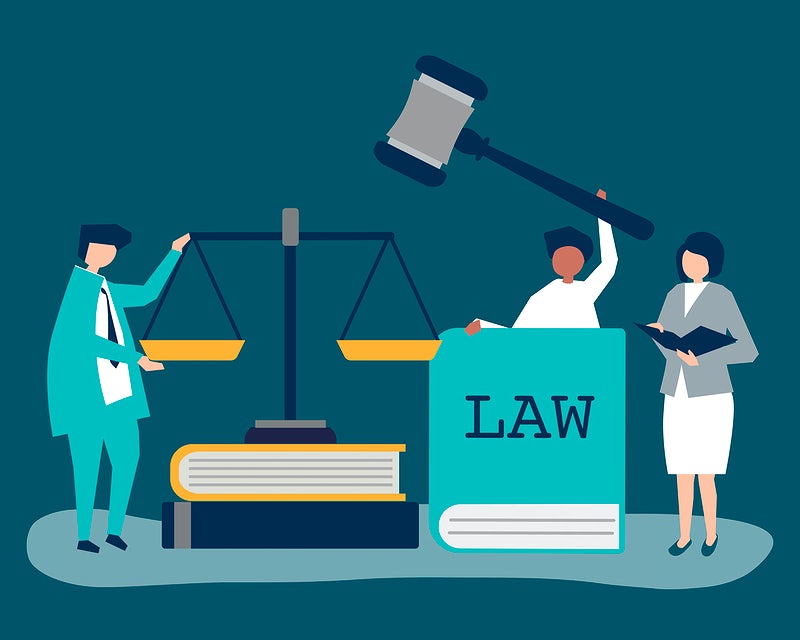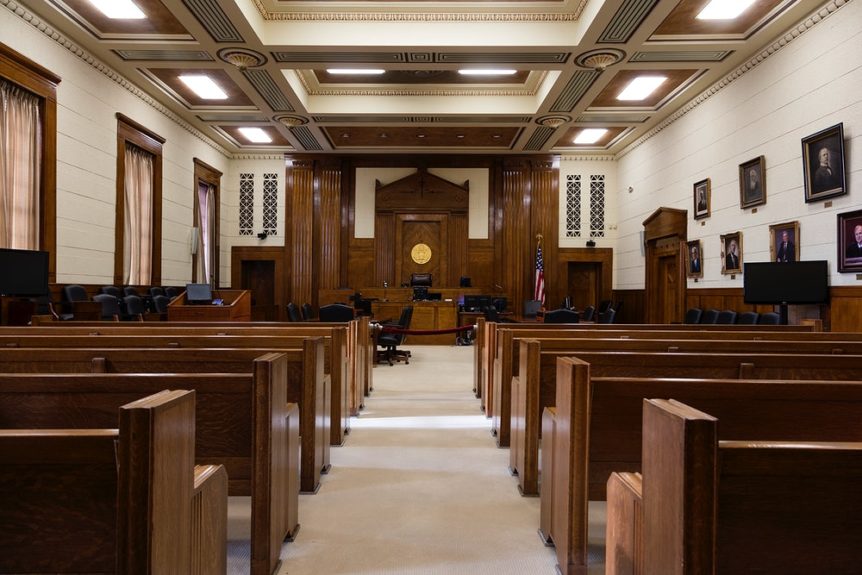You believe that something went horribly wrong in your trial and are in complete disagreement with the final judgment. Maybe you’re happy with the outcome, but the other party isn’t.
Either way, the court process is far from over.
You’re now facing an appeal that could potentially reverse the existing verdict and secure a more favorable outcome for you or the other party. But what is an appeal anyway, and how does it work?
Here’s everything you need to know about appellate law.
How Does an Appeal Work – a Brief Overview
An appeal is a court process where the losing party in a court trial gets the opportunity to have their case re-tried again at an appellate court. Generally, both parties in a civil case have the right to appeal the verdict. This is NOT the case for not-guilty verdicts in criminal trials.
If, on the other hand, a guilty verdict was issued, either party can appeal the sentence issued. Some federal administrative agency decisions may also be subject to appeals.
Although trials and appeals may appear similar, they have several important differences. For starters, in a trial process, all parties present their cases. It involves presenting evidence in the form of photographs, documents, reports, blueprints, surveys, diaries, etc.
Witnesses are also called to testify on each party’s behalf. There’s usually a jury present to determine all the facts of the case and establish what they believe happened, and a judge to control all the courtroom activities, rule on motions, and any objections raised by opposing counsel.
If the parties involved in the trial opt for a bench trial as opposed to that of a jury, the judge is responsible for finding the facts and making the final ruling.
What Is Appellate Law and How Is It Different From Trial Law?
Appellate law involves asking a higher court to examine and review all or a portion of the decision issued by a lower court, or federal administrative agency. The request is based on a procedural or substantive issue that the appealing side believes may potentially have rendered an entirely different ruling.

The appellate court achieves this by reading the record of proceedings of the lower court, which typically includes the orders issued, motions, evidence exhibits, and the full transcript of the hearing.
The appellate lawyer then files a brief presenting all the best arguments in support of the appeal. They’re then given the chance to argue those points before the appellate court judges.
At the end of the process, the appellate court may either uphold or reverse the decision made by the lower court or remand the issue back to the lower court.
Keep in mind is that an appeal is not a new trial. So, a new set of evidence cannot be introduced, nor can witnesses be called to testify. Appeal lawyers are well-versed in appellate law and how the higher court systems work.
Types of Appeals and How They Work
There are three different types of appeal actions that you can initiate. So, it is important to understand their differences before you can even consider appealing.
1. Constitutional Right to Appeal
In this first type of appeal, the defendant maintains a constitutional right to appeal. The court system cannot abridge it since it is a basic liberty that is provided for in the US Constitution.
If an egregious error was committed in the trial process and basic legal principles were violated – like abuse of protocol – either side has the right to appeal.
2. Writ of Certiorari
In this second type of appeal, a higher court issues an order to a lower court to forward a particular case to it for review. It is usually the next logical step in post-trial procedures.
3. Writ of Habeas Corpus
Here, the defendant would have to initiate the appeal for any chance of being granted relief against a guilty verdict. If the individual is denied a writ of certiorari and is dissatisfied with the outcome of the appeal process, their final chance hangs on petitioning one of the several existing court systems for a writ of habeas corpus.

How Long Does an Appeal Take?
Well, there’s no straightforward answer to this question. It could take anywhere between a couple of months to a couple of years. It ultimately depends on how fast everyone involved in the appellate process handles their business – from the appellant, appellee, circuit clerk, and court reporter, to the trial court, appeals court, and supreme clerk.
Appeal Process
As soon as the notice of appeal is filed, the appellant has 90 days to “lodge a record.” They then have a further 30 days to file the appellate brief, the abstract, and the addendum.
It is usually a huge undertaking, and it is not uncommon for them to request an extension on this deadline. The court may initially grant them a seven-day extension, and then three (3), thirty-day extensions if need be.
The appellee also has the same options available to them. They need time to file a reply brief, which may take another ten days or so.
The appellate court will then take about a month to render its final decision before the losing party can file a motion for review, rehearing, or both. This may take another month or so.
In short, it’s a lengthy process – certainly a lot slower and more tedious than the trial itself.
Your Last Chance for a Favorable Verdict
An appeal works very different from a jury trial. No new evidence is introduced, and no witnesses are called to testify.
Appeals involve asking a higher court to review a portion of or the entire decision issued by a lower court if there was a procedural or substantive issue that you or the opposing party believes may have rendered a different ruling altogether.
Appellate lawyers specialize in the nuances of judicial process, so if you’re facing an appeal, ensure that you have the best appellate lawyer on your side to represent you. After all, it is your last chance of getting a favorable verdict. So, make it count.
